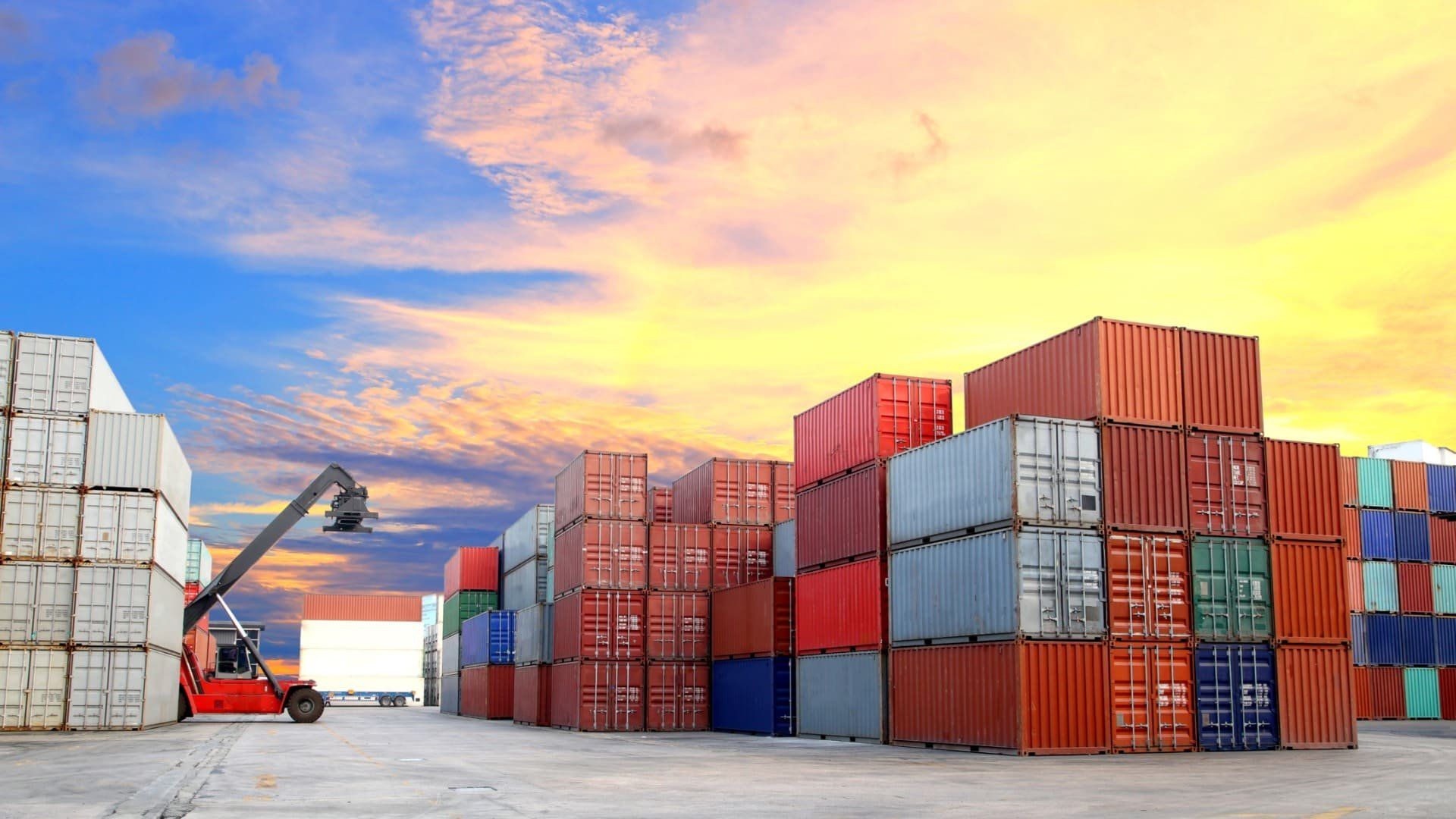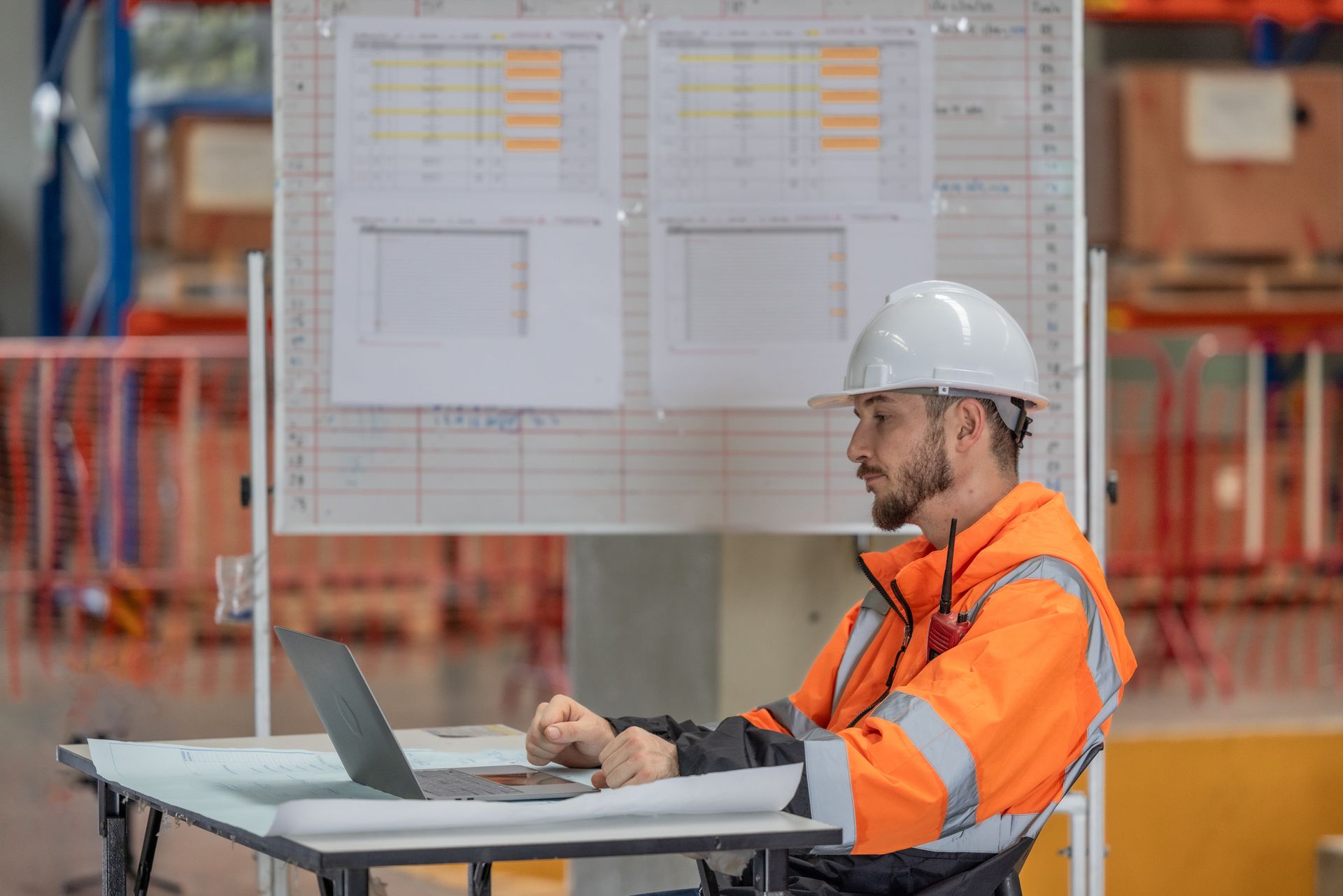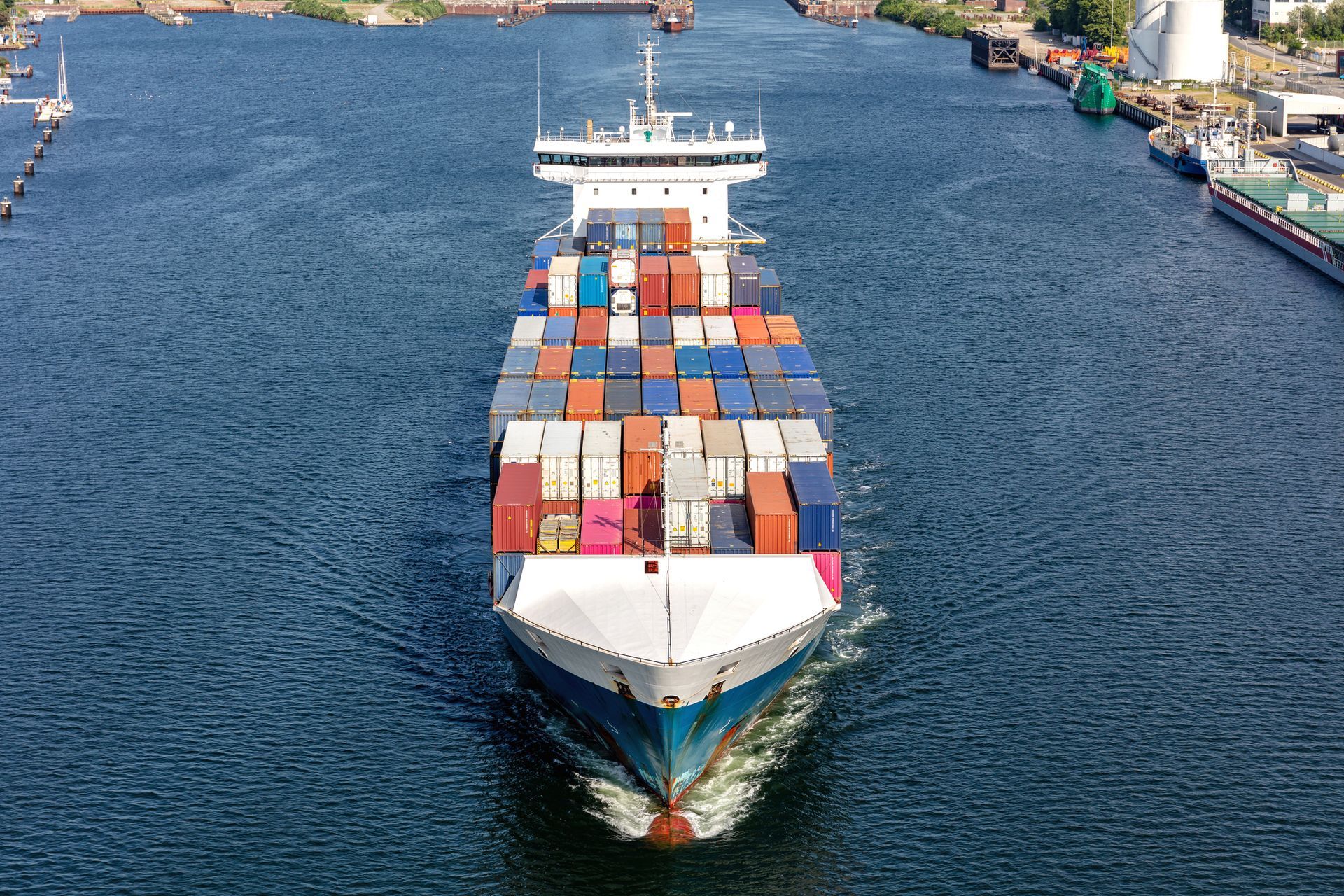
Do you know the different types of containers that greatly facilitate the transportation of goods around the world?
These large steel boxes carry, from one side of the world to the other, the food we eat, the clothes we wear, and countless products that are indispensable in our daily lives. Precisely because of this variety of goods, containers also need to be diverse.
For those of you working in international trade and needing to export or import goods, it is essential to understand these differences. But this has become easy, as we have created this article specifically to explain to you about the types of containers.
Embark on this reading!
Why Should You Know How to Choose the Right Types of Containers?
You need to know one thing: containers come in different shapes and sizes, adapting to different purposes. Knowing the types of containers gives you an advantage in choosing the best type of shipment for your goods.
After all, no matter what goods you are sending, you will always need them to arrive in the same condition they were loaded, right? In this process, the most challenging decision is knowing which equipment to choose among all the different ones available in the market today.
This becomes even more important if your products require special attention. Perhaps you have a large machine five meters high, food that needs to remain frozen during transport, or heavy items that must be lifted using a tool. All of this impacts the choice of the best container model for your cargo.
In the end, the main reason for considering the types of containers is to ensure that the goods arrive correctly at their final destination. And no, a single traditional container type will not suffice for every item.
5 Types of Containers You Need to Know
Now let's get to know the models most used in international trade operations. But first, it's important to highlight that there is a size division among all of them:
- 20” - Known as TEU (Twenty Foot Equivalent Unit)
- 40” - Known as FEU (Forty Foot Equivalent Unit)
Note that the length, width, and height of each type of container to be considered are the internal measurements, not the external ones. Therefore, you will see variations in dimensions.
1. Dry or Standard
For most international trade operations, nothing beats a standard container. This type of shipping container has a door on only one end
It is fully enclosed, used to transport general cargo such as furniture, auto parts, clothing, non-perishable foods, among others.
For many companies that do international shipping, this type of container is ideal. But, depending on the nature of your cargo, it is important to know the other options available in the market. So, keep reading!
2.High Cube or HC
Do your products require extra height? This type of container has the same side dimensions as the Dry model, but its height is higher in comparison.
3.Reefer or RF
This is the type of refrigerated container. That is, it is used for goods that need to be transported with strictly controlled temperatures. It is a model widely used by the pharmaceutical and food industries.
Its floor has a T-shaped deck that sends cold air throughout the container. This ensures a consistent airflow between the goods. They can maintain any temperature between -30ºC and +30ºC.
4. Open Top
As the name suggests, this model has an open top. In terms of dimensions, it uses the same as the Dry model. It has a differential, which is the tarpaulin roof, allowing it to accommodate goods taller than a traditional container.
Therefore, it is widely used in the transport of machinery, as it accommodates tall goods, and the container can be stuffed through the top using the hoisting technique. This point is crucial to facilitate the entire logistics operation in some cases.
5. Flat Rack
The Flat Rack container type has only fixed or movable end walls. It is generally the model used to transport oversized cargo, both in width and height. Some examples of goods that fit this model are coils, pipes, industrial machinery, among others.
They can have vertical ends, while others have collapsible ends to increase their adaptability to different types of cargo.
3 Tips for Choosing the Right Container for Your Operation
Here are some factors you should keep in mind when choosing the right type of container for your shipment:
1.Identify What Type of Goods Will Be Transported
Know what type of goods will be sent, their weight, and dimensions. Also, understand if they have special requirements such as temperature control, insulation, or ventilation. Each of these items can affect the type chosen.
2.Use Containers with Real-Time Monitoring
By placing a smart monitoring device inside the container, you can track a range of important parameters, such as temperature, humidity, and location.
In this way, you can also choose to receive real-time notifications—by email or SMS—whenever something happens: temperature and humidity levels are exceeded, or the container is opened outside the expected location, indicating the door has been opened.
This way, if the goods are damaged, you will know exactly where, when, and what might have caused it. You can then use the information to improve your future shipments.
3.Understand Whether You Will Need LCL or FCL
If you work in foreign trade and international logistics, you have certainly heard of LCL and FCL.
Before looking at the types of containers and choosing which one to use, measure the total weight and volume that the goods will occupy to determine which modality you will need to choose.
We hope this content has helped clear up your doubts about the different types of containers. Now we have one more important tip:
download our LCL Guide and learn everything about this international transport modality.
Continue a navegar no blog da Allink

Mantenha-se informado sobre o comércio exterior
Assine nossa newsletter e receba atualizações semanais de forma gratuita sobre o mundo da logística.




